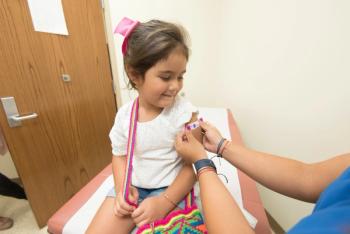
Varied Antibody Titers Among Recovered Patients Adds to COVID-19 Immunity Questions
JAMA Internal Medicine study focused on patients with mild disease.
When news of the first documented case of
Was it possible for humans to develop immunity to SARS-CoV-2 after initial infection and, if so, how long would it last?
Interestingly, an
Although “most patients who recovered from mild COVID-19 developed SARS-CoV-2—specific neutralizing antibodies at the convalescent phase of infection, the titers… reached their peak at 10 to 15 days after disease onset,” the researchers, who did not respond to requests for comment, wrote.
In general, levels of neutralizing antibodies in recovered patients “appeared to vary substantially,” they added. “The potential clinical implications of these findings for vaccine development and future protection from infection are unknown.”
The findings were released just 6 days prior to the US Food and Drug Administration’s
However, it’s worth noting that the JAMA Internal Medicine analysis focused on patients with mild illness, and that the vast majority had detectable levels of virus neutralizing antibodies. In addition, antibody levels were generally higher in older patients—who are at increased risk for serious illness from COVID-19 and, it’s safe to say, have a different response to infection than their younger counterparts.
According to the authors, at the time of discharge, the neutralizing antibody titers of the older (1,537) and middle-aged (1,291) patients were significantly higher than those of the younger patients (459). That said, 30% of the patients developed neutralizing antibodies with titers less than 500 after COVID-19, the authors noted.
And, the 10 patients with undetectable antibodies did not differ from the others significantly in terms of disease duration, they added.
“It is not clear how these patients recovered without developing detectable virus-specific neutralizing antibodies,” the authors wrote. “Whether other immune responses, including T cells or cytokines, contributed to the recovery of these patients and whether these patients are at risk for reinfection is not known. In addition, the variability in neutralizing antibody titers demonstrates the importance of titrating convalescent plasma before its use for prevention and treatment of COVID-19.”
Newsletter
Stay ahead of emerging infectious disease threats with expert insights and breaking research. Subscribe now to get updates delivered straight to your inbox.
































































































































































































































































































































